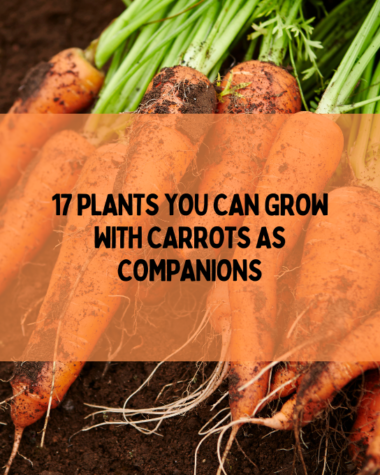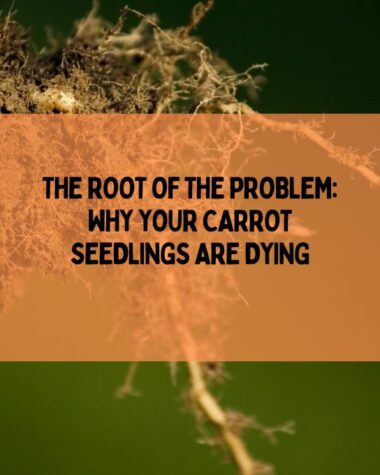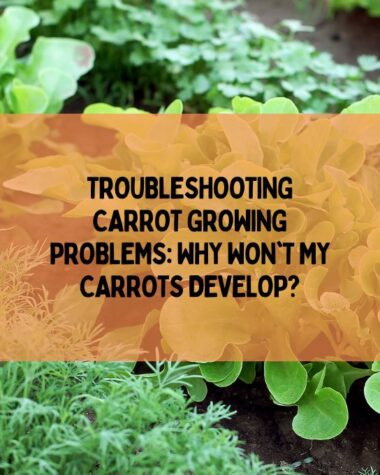Growing carrots in the south during the summer heat can be challenging, but it’s not impossible. This article will provide a complete guide to successfully growing carrots in the hot and humid southern climate.
If you live in the south and love gardening, then you know that growing carrots in the summer heat can be a bit tricky. Carrots are a cool-weather crop requiring specific conditions to grow and thrive.
The southern climate is hot and humid, which is not ideal for growing carrots. However, with careful planning and preparation, you can still enjoy a bountiful harvest of fresh and delicious carrots, even during summer.
Preparing the Soil

Preparing the soil is one of the most crucial steps in growing carrots in the south during the summer heat. The soil needs to be well-draining, fertile, and free of weeds. Here are some tips to help you prepare your soil:
- Amend the Soil
To ensure that your soil is fertile and has enough nutrients for your carrots, you should amend it before planting. Add compost, manure, or other organic matter to the soil.
These materials will improve the soil’s structure, increase its water-holding capacity, and provide essential nutrients for your carrots.
- Watering
It’s essential to keep your soil moist but not waterlogged. In the south, the summer heat can quickly dry out the soil, so you must water your carrots regularly.
You can do this by watering deeply once a week rather than giving your carrots frequent shallow watering. A good rule of thumb is to give your carrots one inch of water weekly.
Choosing the Right Carrot Variety
Another critical factor to consider when growing carrots in the south during the summer heat is choosing a suitable variety. Some carrot varieties are better suited to the southern climate than others. Here are some varieties that you might want to consider:
Danvers Half Long

Danvers Half Long is a wide variety of carrots in the south. It has a sweet, crunchy texture and is perfect for snacking and salads.
Nantes
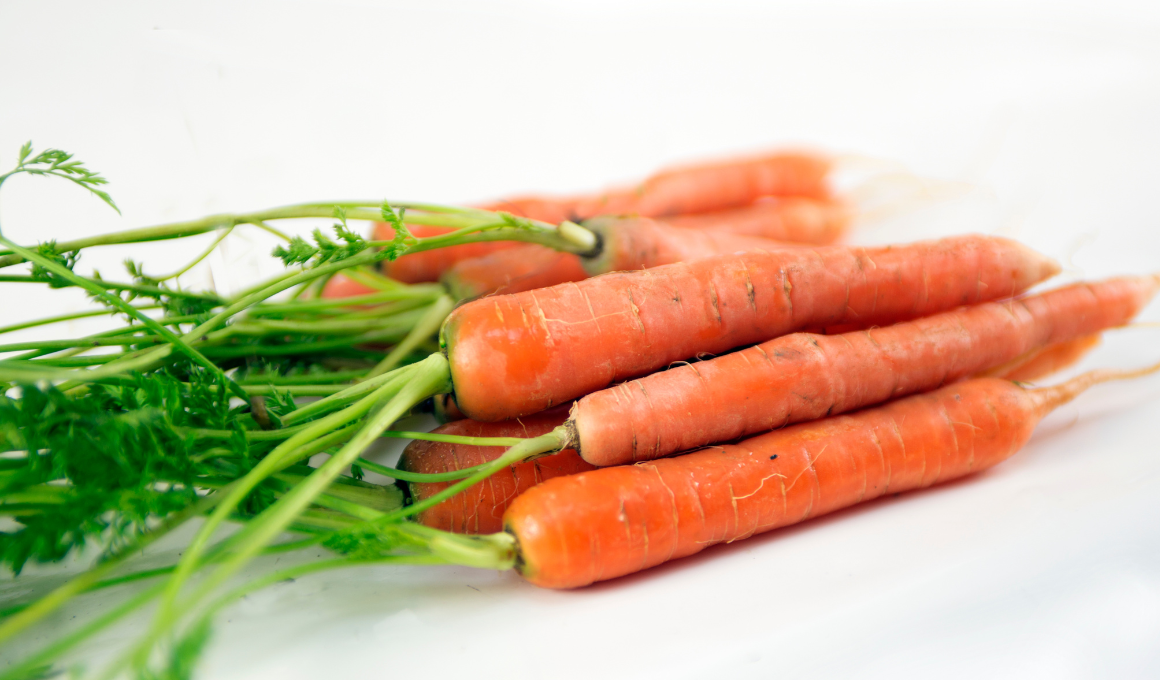
Nantes is another popular carrot variety that is well-suited to the southern climate. It has a cylindrical shape and a sweet flavor, making it perfect for roasting, juicing, or eating raw.
Planting and Growing

Now that you have prepared your soil and chosen the suitable carrot variety, it’s time to plant and grow your carrots. Here are some tips to help you:
- Planting Depth
Carrot seeds are tiny and require shallow planting. You should plant your carrot seeds at most a quarter of an inch deep.
- Spacing
Carrots need enough space to grow, so you should plant them about two inches apart. You should also thin your carrots regularly to prevent overcrowding.
- Mulching
Mulching is essential when growing carrots in the south during the summer heat. It helps retain moisture in the soil and prevent it from drying out. You can use straws, shredded leaves, or other organic materials as mulch.
Related Read
When to Plant Carrots in Summer?

The best time to plant carrots in the summer depends on location and climate. In general, it is recommended to plant carrots in the summer about 10 to 12 weeks before the first expected fall frost.
For example, if your area typically experiences the first frost in early November, you should plant your carrots in mid-July to early August. However, if you live in a scorching region, consider planting your carrots in early spring or waiting until late summer to avoid excessively high temperatures.
It is also essential to consider the soil conditions when planting carrots. They prefer well-drained soil with a pH between 6.0 and 6.8. Carrots also require consistent moisture, so it is essential to water them regularly.
In summary, the ideal time to plant carrots in the summer is 10-12 weeks before the first expected fall frost. Still, it is also essential to consider your specific location and soil conditions.
How to Plant Carrots in Summer?
Here are the steps to plant carrots in the summer:
- Choose a location: Select a sunny location with well-draining soil. The soil should be loose, deep, and free from stones, as carrots grow better in such conditions.
- Prepare the soil: Remove weeds and rocks from the soil, and then mix in some compost or well-rotted manure to enrich the soil. You can also add some sand to the soil to improve its drainage.
- Plant the seeds: Sow the carrot seeds thinly, about 1/4 to 1/2 inch deep in the soil. Space the seeds about an inch apart, and cover them with a thin layer of soil.
- Water the seeds: Water the soil thoroughly after planting the seeds, and keep the soil moist during the growing period. Avoid overwatering, as this can lead to rotting.
- Thin the seedlings: When they are about 2-3 inches tall, thin them out to about 3-4 inches apart. This will give the remaining plants enough space to grow.
- Care for the plants: Keep the plants watered and weed-free. Fertilize the soil with a balanced fertilizer once or twice during the growing period.
- Harvest the carrots: Carrots usually take 70-80 days to mature. You can check if they are ready by gently pulling up a plant and examining the root. Once the carrots are fully grown, pull them out of the ground and wash them thoroughly before consuming them.
In summary, planting carrots in the summer requires careful soil preparation, seed spacing, and consistent watering. Proper care allows you to grow healthy and delicious carrots even in the year’s hottest months.
Carrots in Containers
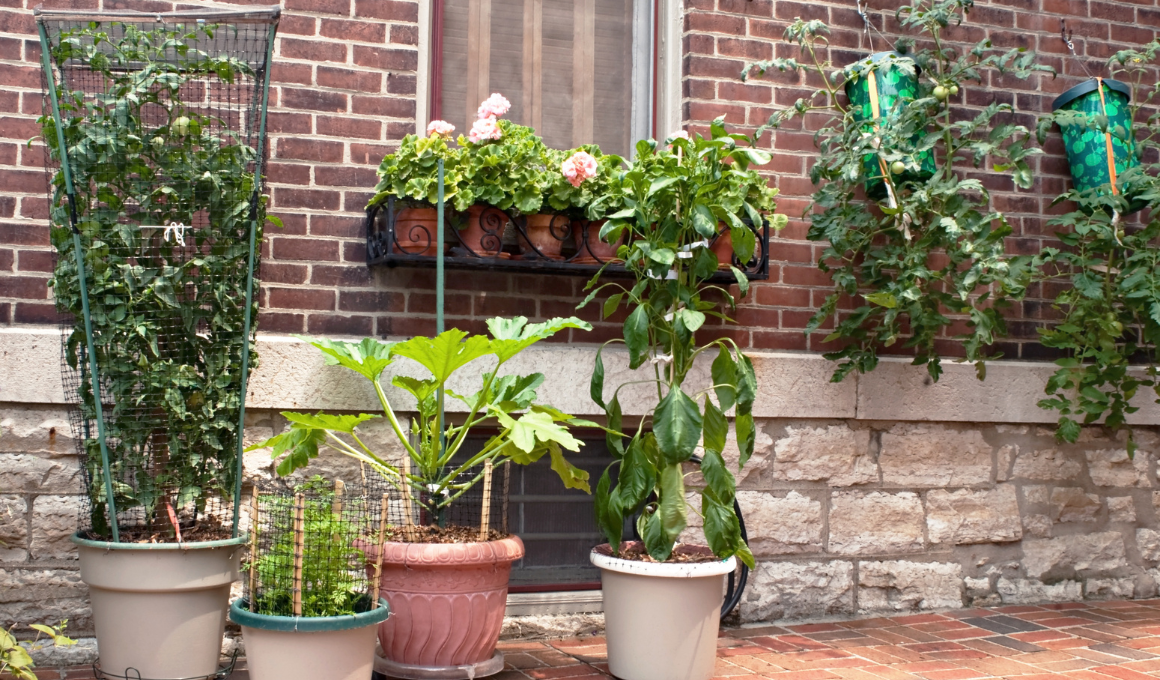
Growing carrots in containers is an excellent option for those with limited space or poor soil conditions. Here are some tips for planting and growing carrots in containers:
- Choose the correct container: Select a container at least 12 inches deep and wide enough to accommodate several carrot plants. Make sure the container has drainage holes to prevent waterlogging.
- Use suitable soil: Fill the container with well-draining soil that is loose, deep, and rich in organic matter. You can also add some sand to the soil to improve drainage.
- Plant the seeds: Sow the carrot seeds thinly, about 1/4 to 1/2 inch deep in the soil. Space the seeds about an inch apart, and cover them with a thin layer of soil.
- Water the seeds: Water the soil thoroughly after planting the seeds, and keep the soil moist during the growing period. Avoid overwatering, as this can lead to rotting.
- Thin the seedlings: When they are about 2-3 inches tall, thin them out to about 3-4 inches apart. This will give the remaining plants enough space to grow.
- Care for the plants: Keep the plants watered and weed-free. Fertilize the soil with a balanced fertilizer once or twice during the growing period.
- Harvest the carrots: Carrots usually take 70-80 days to mature. You can check if they are ready by gently pulling up a plant and examining the root. Once the carrots are fully grown, remove them from the container and wash them thoroughly before consuming them.
In summary, growing carrots in containers requires a deep container, well-draining soil, and careful attention to watering and fertilizing. With the proper care, you can enjoy fresh and delicious carrots even if you don’t have a garden plot.
How and When to Harvest Carrots in Summer?
Harvesting carrots in the summer is simple, but waiting until the carrots are fully mature for the best flavor and texture is essential. Here are some tips on how and when to harvest carrots in the summer:
- Timing: Carrots are typically ready to harvest 70-80 days after planting, but you should check them regularly to see if they are mature. You can gently pull up a carrot plant and examine the root to see if it’s ready.
- Size: Mature carrots should be at least 1/2 inch in diameter and 4-6 inches long. If the carrots are smaller than this, leave them in the ground for a little longer to continue growing.
- Technique: When harvesting carrots, grasp the greens near the soil line and gently pull the carrot from the ground. If the carrot is resistant to being pulled out, use a fork or trowel to loosen the soil around it first.
- Storage: After harvesting, remove any excess soil and cut off the greens (which can be composted). Store the carrots in a cool, dry place like a refrigerator or root cellar. Depending on storage conditions, carrots can be kept for several weeks to a few months.
In summary, harvesting carrots in the summer requires patience, careful observation, and a gentle hand when pulling the carrots out of the ground. With the right timing and technique, you can enjoy fresh and flavorful carrots in all seasons.
How Do You Store Fresh Carrots in Summer?
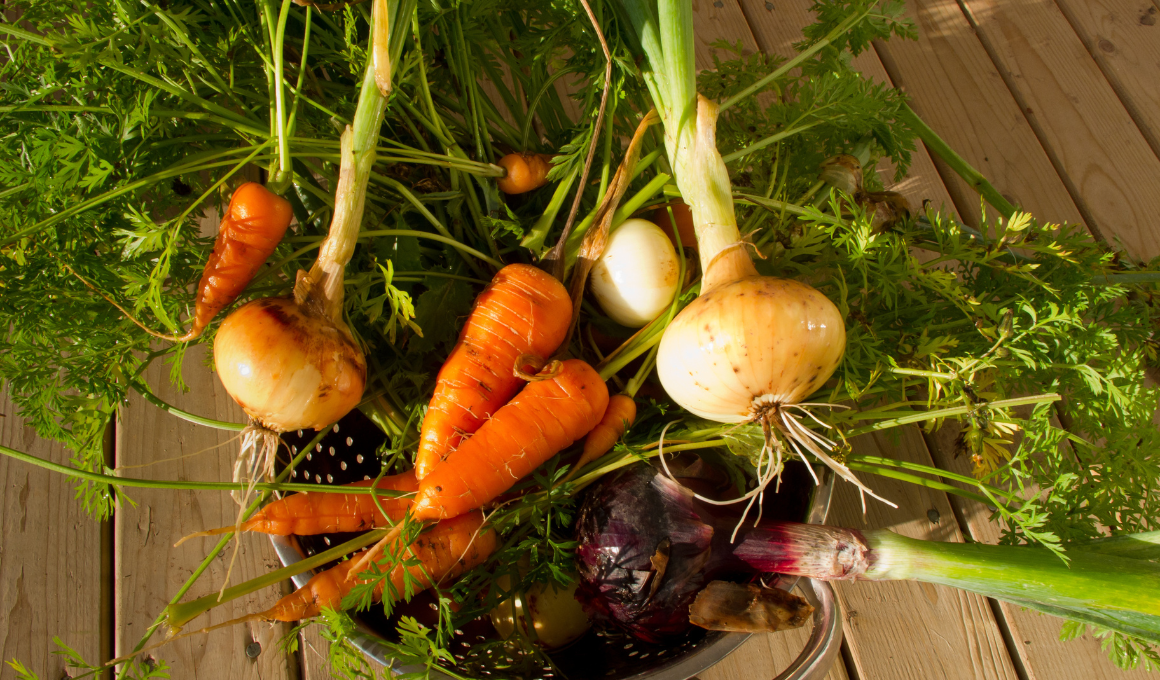
Storing fresh carrots in the summer can be challenging, as the warm temperatures and humidity can cause the carrots to wilt or spoil quickly. Here are some tips on how to store fresh carrots in the summer:
- Remove the greens: Carrots come with leafy green tops that can draw moisture away from the root. Remove the greens by cutting them off about 1/2 inch above the carrot.
- Clean the carrots: Remove any excess soil or debris by gently rubbing them with a damp cloth or soft-bristled brush. Please do not wash the carrots, as excess moisture can cause them to rot.
- Choose the right storage location: Carrots should be stored in a cool, dark, and dry location. A root cellar or refrigerator is ideal, but a cool pantry or basement can also work if you don’t have access to either.
- Store in a breathable bag: Store the carrots in a breathable bag, such as a paper or mesh bag. This will allow air to circulate the carrots and prevent moisture buildup.
- Check the carrots regularly for any signs of spoilage, such as mold or rotting. Remove any spoiled carrots immediately to prevent them from contaminating the rest of the batch.
In summary, storing fresh carrots in the summer requires careful cleaning, proper storage conditions, and regular monitoring for spoilage. Following these tips, you can enjoy fresh and flavorful carrots all summer.
Common Problems
Despite your best efforts, you may encounter common problems growing carrots in the south during the summer heat. Here are some of the most common issues and how to deal with them:
Carrot Fly

Carrot fly is a pest that can damage your crop. The adult flies lay their eggs near the base of the carrot plants, and the larvae burrow into the roots, causing damage.
You can cover your plants with a fine mesh or use companion planting techniques to prevent carrot flies. Plants like onions, garlic, and chives are known to repel carrot flies.
Carrot Rust Fly
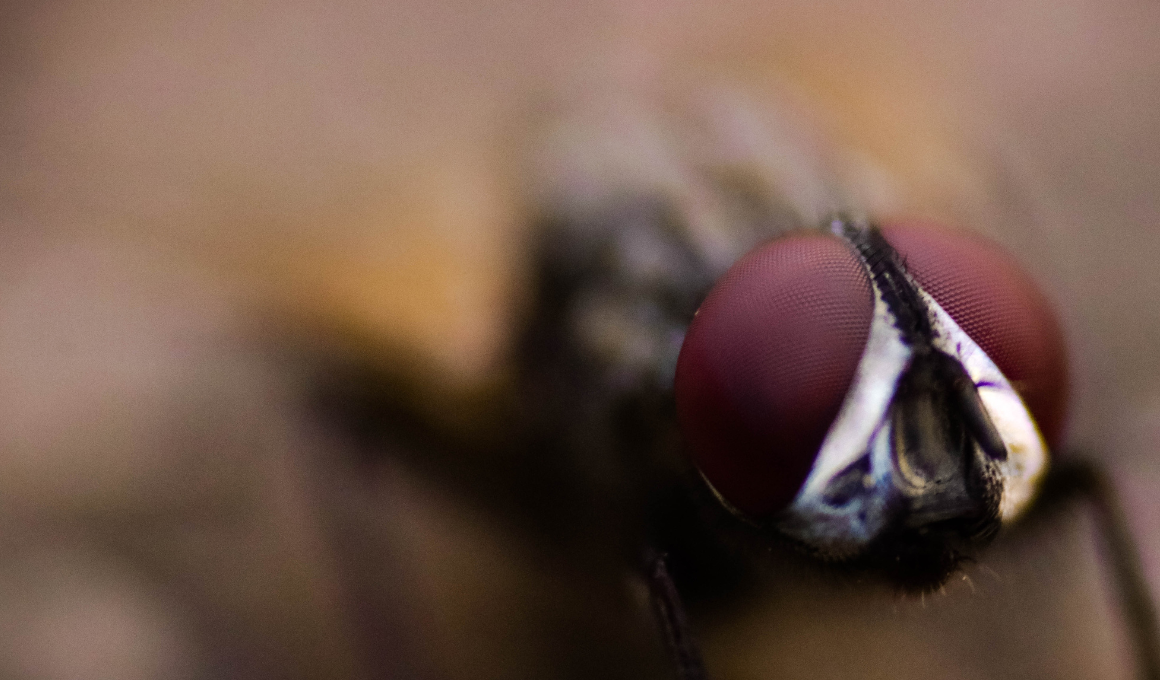
Carrot rust fly is another common pest that can damage your crop. The adult flies lay their eggs in the soil near the carrot plants, and the larvae burrow into the roots, causing damage. To prevent carrot rust flies, you can cover your plants with a floating row cover or use sticky traps.
Root Knot Nematodes

Root-knot nematodes are microscopic worms that can damage your carrot roots. They cause the roots to swell and become deformed, which can affect the growth of your plants.
To prevent root-knot nematodes, you can rotate crops, plant resistant varieties, and use soil solarization techniques.
Conclusion
Growing carrots in the south during the summer heat can be challenging, but it’s not impossible. You can enjoy a bountiful harvest of fresh and delicious carrots by preparing your soil, choosing a suitable variety, and following some simple growing tips.
Don’t let the summer heat stop you from growing your favorite vegetables. With a little effort and patience, you can have a successful carrot crop that will make all your hard work worthwhile. Happy gardening!


